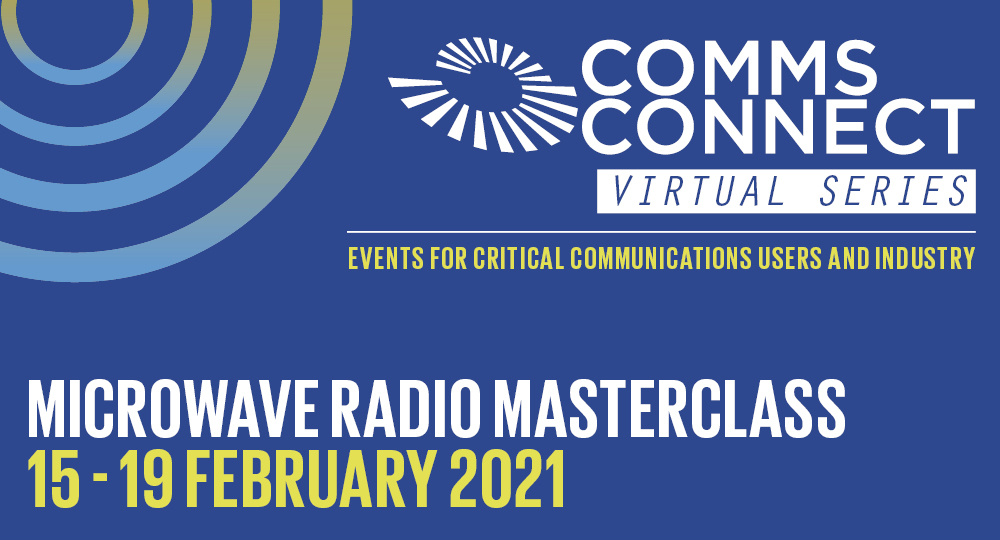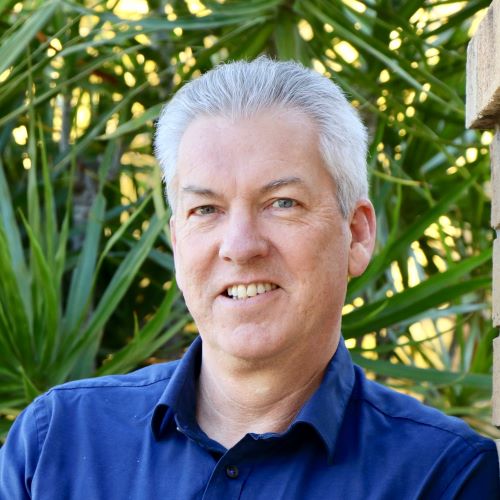
About this seminar
- Authoritative — dispels industry myths
- Practical — tutorial examples done using excel-based Microwave calculator
- Real-world — real-world insights and experiences shared based on legacy and current network experiences
- In-depth theory — theoretical concepts and insights explained in detail linked to propagation research and field experiences
Why a seminar on a mature technology?
- Microwave technology is growing, with exciting new developments in mmWave and TeraHertz bands
- Design standards are outdated, so it is essential to understand the limitations of the formulas and design rules coded into planning software
- Many myths abound on the internet, and even in mainstream white papers, that are blatantly wrong
- To apply the new and exciting concepts introduced in modern microwave equipment, a solid foundation in both analogue and digital microwave theory is essential
If you want an up-to-date, authoritative overview of microwave radio that dispels the many myths that have become mainstream in the industry, then this virtual seminar is for you.

